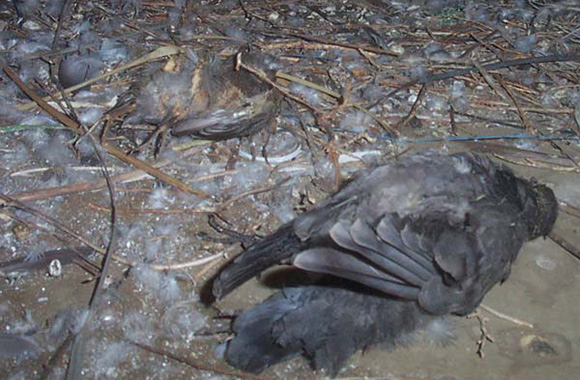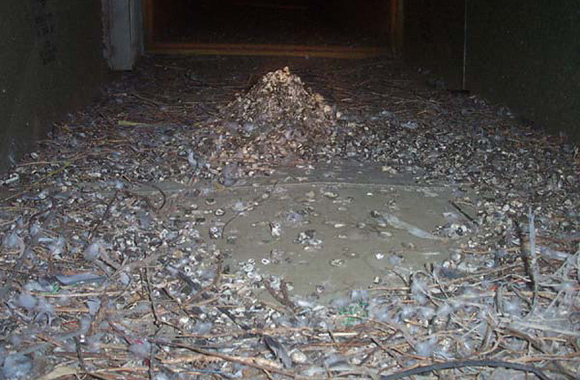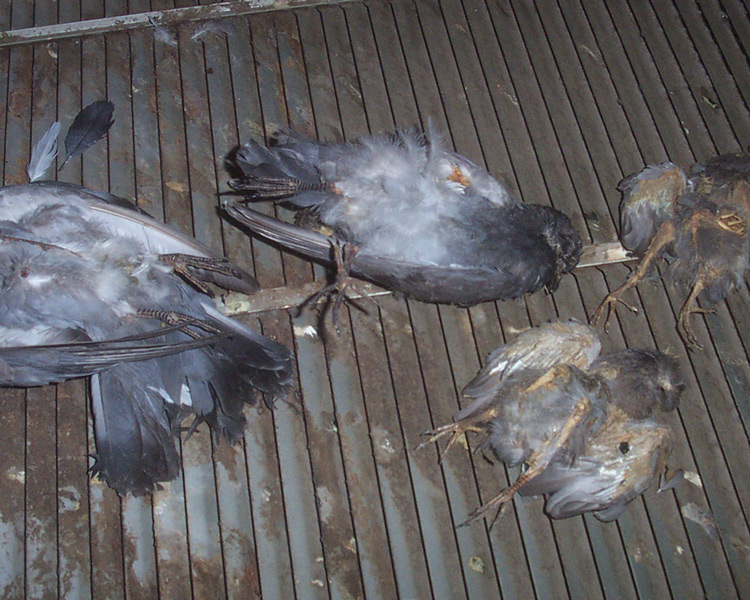What diseases do birds carry
Birds act as perfect carriers of diseases - we all know that diseases must be transported from one place to another in order to spread. Birds are known for travelling great distances and retain 40 different parasites and internally can act as hosts for 60 different types of diseases. Good thing is that interaction between humans and bird species is not too big because of this reason there is a drastic reduction in health related risks which such creatures impose. But keeping in consideration modern trends it will not be wrong to mention that birds are now also penetrating urban settings to a greater extent. Birds such as pigeons, sparrows and starling have learned the way of living on buildings and surviving in the urban conditions.
How are diseases spread? The diseases live inside the body of birds and are normally passed out when birds defecate because of this reason bird fecal matter is termed as extremely dangerous and source of great trouble. In addition to this life style of bird is also responsible for disease transmittance.


There are four popular ways through which diseases are spread and they are being mentioned below
• Water and food sources, which get contaminated with fecal matter of birds is a great source from where diseases are spread. Birds direct the contaminations and spores from dried feces to vents and air ducts. They also get settled upon food that is exposed and in this way diseases get transferred. Salmonella which is a common occurrence shows because of this route of disease transfer.
• The fecal matter loses water content and dries with the passage of time. Microscopic components break away from it and attain airborne status. These particles can include bacteria or fungi in dormant form and when these are inhaled with the air and reach lungs the internal moist and warm environment delivers a good backdrop for infection causing agents. In this manner a variety of harmful diseases get transmitted.
• Diseases are also spread when direct contact with fecal matters is established especially when an individual gets fecal dust inside the body by means of a cut or wound.
• Birds which attain the status of pests contain mites, ticks and many other kinds of ecto- parasites. Diseases are transferred by parasites by different means, but mostly they suck infected blood from an animal and pass the containments to other victims.
Some common diseases
Allergic Alveolitus
This condition is common and normally occurs when human actually inhale particles present in dander, of bird. This is also known as the Pigeon Lung Disease and it’s known for affecting alveoli. The capability of proper functioning of lungs is decreased and patients experience difficulty in breathing.
Avian Tuberculosis
This is actually caused when microorganisms found in the feces of birds are inhaled. The disease is not easy to treat and common symptoms have the inclusion of improper breathing, weight loss and diarrhea.
Candidiasis
This is a fungal infection that is spread by means of pigeons. This particular disease is known for affecting intestines, skin, mouth and urogenital tract along with respiratory system.
Cryptococcosis
This is again caused by yeast that is present inside intestines of pigeons and the starling and it gets transmitted by means ingestion of fecal matter. The disease starts as pulmonary disorder and it can further proceed to affect central nervous system.
Campylobacteriosis
It is responsible for causing distress of gastrointestinal tract and normally it gets transmitted by means of contaminated food and water. Common symptoms are lethargy, diarrhea and weight loss.
Erysipeloid
This is a condition, which develops when direct contact between humans and birds is established. The skin which is normally broken gets affected and the infection can even spread to joints.
Salmonellosis
This has links with droppings of pigeons, sparrows and starling. Air conditioners stuck the air containing pathogens and contaminate cooking substances and food. It is a common cause of food poisoning so one has to be extremely careful.
How to handle the problem
It is now very much clear that birds are responsible for spreading a variety of diseases and their presence is harmful so it is important to take proper steps for the safety of your family. First of all you should not take these diseases lightly and must take proper steps for making the environment unfriendly for birds. When birds will not find favorable conditions it is natural they will prefer to stay away and risks will be minimized to a great extent.
People display a strong affection towards birds because these creatures are beautiful and appear harmless. However, issues arise when people underestimate the health related risks which are imposed by these beings especially when birds turn as pests. It has been noticed that people don’t give much heed to bird infestations, but this is not the right thing to do because actually birds are more threatening than any other form of wild life as they act as transmitters of different diseases. For getting a better understanding related with the fact that how birds actually spread diseases we will have to develop an understanding related with fundamentals of the entire concept.

More than sixty different diseases have been associated with birds and bird droppings. Not all of these are transferable to humans, or even to other animals… but some of them are.
Histoplasmosis can be especially dangerous for the very young, the very old, and people with an already weakened immune system. The fungal infection can be spread via spores that become airborne when they are dry, and it can cause a number of conditions related to the respiratory system. In some cases, the disease can be fatal.
Psittacosis is also known as parrot fever. Less than 1% of these cases are fatal, but symptoms can range from inflammation of joints, liver, the heart's muscle, and the brain. A number of birds are said to spread the bacteria that causes it, including seagulls, ducks, sparrows, pigeons, and - as the name suggests - parrots.
Salmonellosis is better known as food poisoning. Sparrows, pigeons and starlings are known to spread the bacteria that causes this very unpleasant upset stomach, often in droppings.
Cryptococcosis is spread by the likes of starlings and pigeons and can go on to seriously affect the central nervous system.
Candidiasis is commonly linked to pigeons. This yeast infection can cause a host of issues, especially for women.
St. Louis Encephalitis is indirectly spread by birds such as house finches and sparrows, and also pigeons — by mosquitoes that feed on infected birds. This is a potentially deadly disease that causes coma or death and hits the elderly age bracket particularly hard.

